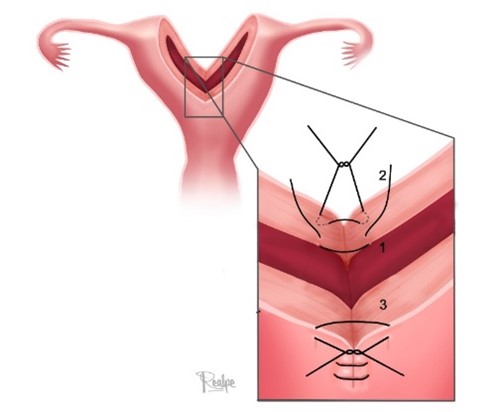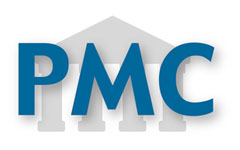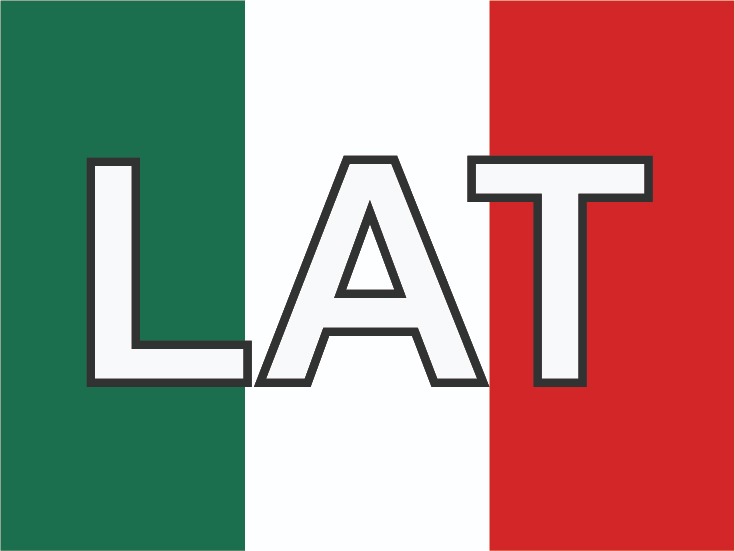Microsurgical technique for reconstruction of Hemi-uterus with non-communicating rudimentary uterine horns
Abstract
Case description:
Three patients diagnosed with Hemi-uterus with non-communicating functional rudimentary cavity are reported.
Clinical findings:
Adolescent patients with disabling pelvic pain during menstrual periods, depressive states, and functional disability secondary to pain.
Treatment and outcome:
Reconstruction of Hemi-uterus with non-communicating functional rudimentary cavity using a microsurgical technique, without the need for non-communicating horn resection. The patients were assessed at the 1st, third, and sixth months, showing a marked improvement in their dysmenorrhea. In addition, there was an improvement in the depressive state; there was no change in the volume of her menstrual bleeding, and one of these patients achieved pregnancy with normal prenatal control and cesarean delivery, obtaining a full-term newborn without complications.
Clinical Relevance:
Description of a novel microsurgical technique for the management of the hemi-uterus with a non-communicating functional rudimentary cavity, which could benefit not only the reduction of associated symptoms but could also become an alternative to improve fertility.
Authors
Downloads
Keywords
- Microsurgical
- Mullerian malformations
- Hemi-Uterus
- Fertility
References
Grimbizis GF, Campo R. Congenital malformations of the female genital tract: the need for a new classification system. Fertility and Sterility. 2010; 94(2): 401-407 https://doi.org/10.1016/j.fertnstert.2010.02.030 PMid:20356581
Grimbizis GF, Gordts S, Di Spiezio A, Brucker S, De Angelis C, Gergolet M, et al. The ESHRE/ESGE consensus on the classification of female genital tract congenital anomalies. Human Reproduction. 2013; 28 (8): 2032-2044 https://doi.org/10.1093/humrep/det098 PMid:23771171 PMCid:PMC3712660
Chan YY, Jayaprakasan K, Zamora J, Thornton JG, Raine-Fenning N, Coomarasamy A. The prevalence of congenital uterine anomalies in unselected and high-risk populations: a systematic review. Hum Reprod Update. 2011; 17(6): 761 – 771 https://doi.org/10.1093/humupd/dmr028 PMid:21705770 PMCid:PMC3191936
Fedele L, Bianchi S, Zanconato G, Berlanda N, Bergamini V. Laparoscopic removal of the cavitated non-communicating rudimentary uterine horn: surgical aspects in 10 cases. Fertility and Sterility. 2005; 83 (2): 432 – 436 https://doi.org/10.1016/j.fertnstert.2004.07.966 PMid:15705386
Theodoridis TD, Saravelos H, Chatzigeorgiou KN, Zepiridis L, Grimbizis GF, Vavilis D, et al. Laparoscopic management of unicornuate uterus with non-communicating rudimentary horn (three cases). RBM Online. 2006; 12:126 – 128 https://doi.org/10.1016/S1472-6483(10)60992-3
American Society for Reproductive Medicine. Revised American Society for Reproductive Medicine classification of endometriosis: 1996. Fertility and Sterility. 1997; 67(5): 817-821 https://doi.org/10.1016/S0015-0282(97)81391-X
Passos I, Britto RL. Diagnosis and treatment of müllerian malformations. Taiwanese Journal of Obstetrics and Gynecology. 2020; 59(2): 183-188 https://doi.org/10.1016/j.tjog.2020.01.003 PMid:32127135
Yi X, Wang J, Chang K, Xu H, Hua K. Successful Twin Pregnancy in a Patient with Hemi-Uterus Corrected by Laparoscopic Strassman's Metroplasty. Journal of Minimally Invasive Gynecology. 2017; 24(7): S18 https://doi.org/10.1016/j.jmig.2017.08.059
Gulavi E, Kyende S, Mariara C, Mukaindo A. Successful Pregnancy Outcome after Open Strassman Metroplasty for Bicornuate Uterus. Case Reports in Obstetrics and Gynecology. 2018; 2018:4579736: 1-4 https://doi.org/10.1155/2018/4579736 PMid:30018833 PMCid:PMC6029456
Main CJ. Pain assessment in context. PAIN. 2018; 157(7): 1387-1399 https://doi.org/10.1097/j.pain.0000000000000457 PMid:26713423
Letterie GS. Management of congenital uterine abnormalities. Reproductive BioMedicine Online. 2011; 23(1): 40-52 https://doi.org/10.1016/j.rbmo.2011.02.008 PMid:21652266

Copyright (c) 2022 Universidad del Valle

This work is licensed under a Creative Commons Attribution-NonCommercial 4.0 International License.
The copy rights of the articles published in Colombia Médica belong to the Universidad del Valle. The contents of the articles that appear in the Journal are exclusively the responsibility of the authors and do not necessarily reflect the opinions of the Editorial Committee of the Journal. It is allowed to reproduce the material published in Colombia Médica without prior authorization for non-commercial use

 https://orcid.org/0000-0003-1308-8083
https://orcid.org/0000-0003-1308-8083


















